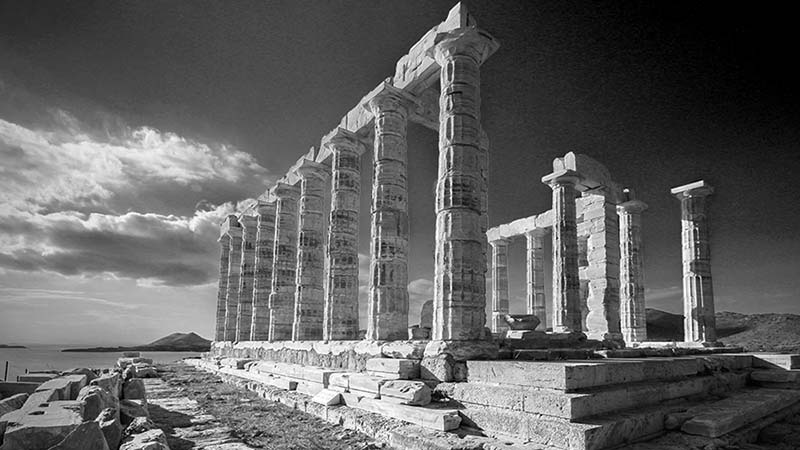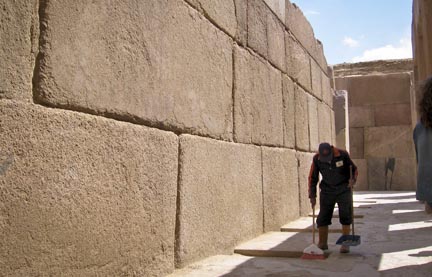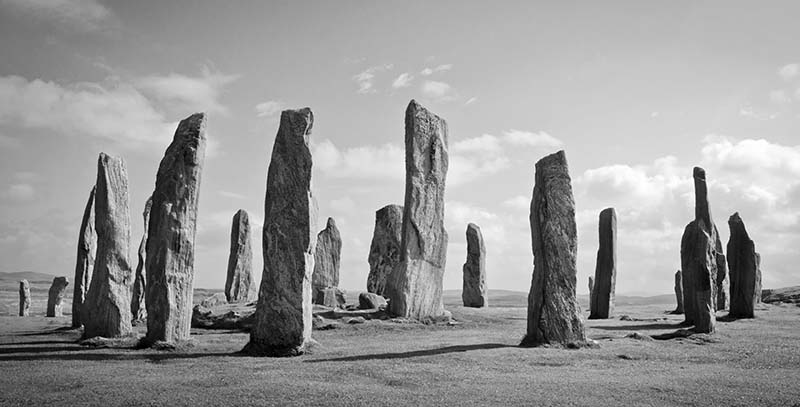LIVING STONE


The correct choice of stone makes all the difference to the way a sacred site works.
Upon entering the core of any pyramid along the Giza plateau, one is immediately embraced by colossal blocks of red granite. Each stone is precisely masoned and mitered as if poured into place. Yet above the obvious artistry, what is truly ingenious about the work of the temple builders is the fact that each stone was quarried some 400 miles away from its final resting place.
The same is true of sacred sites such as Stonehenge, whose 30 ton bluestones were transported 120 miles across mountains, vales, rivers, estuaries, and plains. Even its altar stone was moved 180 miles from its origin in Cornwall.
Inside ancient churches and Gothic cathedrals you will again find this impressive dedication to choice of stone, for the foundation of most church altars is a slab of red granite, a rock that is generally not of local origin. In Britain, for example, most deposits of this very powerful stone exist only in northern Scotland, some 420 miles distant from their final place of use in the buildings of southern Britain.
It seems, then, that our ancestors went to a lot of trouble and distance to pick specific stones. Why was this attention to detail so necessary?
In ancient times, when our predecessors were far closer to the tune of nature, the temple builders were keenly aware that every rock possessed its own energy, each imbued with a spirit or force which, in turn, could be harnessed to amplify the purpose for which a temple was intended.
When the purpose of individual temples is noted, there is a corresponding relationship to the type of stone used.
Stones were typically organized by masculine or feminine polarity. The determining factor was decided by the way in which the stone had come into being. If a stone was forged from the convulsive force of volcanic activity its properties were considered masculine, for it embodied all the fiery, bold qualities typically associated with male energy.
On the other hand, if the stone had been borne of the gentler, sedimentary action of water, it was considered to be feminine.
Masculine or positive-charged stones used in temples are typically granites: red granite, dolorite, greenstone. Feminine or negative-charged stones are limestone, sandstone, marble.

Valley Temple, Giza. Combines red granite blocks on an alabaster foundation, the masculine and teh feminine.
Applying the correct stone in the construction of the temple was of great importance, since the properties of the stone, correctly applied, served to enhance not just the underlying subtle energies of a given location, but would amplify the purpose to which the temple served.
Consequently, a temple built to connect the person with masculine properties would use volcanic or igneous stone. This would be enhanced by further locating the temple on positively-charged (male) magnetic energy lines.
The opposite would be true in feminine temples.
Sometimes it was important to connect both masculine and feminine forces at a sacred site — say, to bring balance — so a combination of both stones would be used. The Egyptian pyramids, which serve to connect with both the material forces of the Earth and elevate the spirit used a combination of red granite at their core and an outer casing of limestone or sandstone blocks. Gothic cathedrals such as Chartres and Salisbury use the same principle: columns of granite flanked by marble or limestone floors, and limestone or sandstone exteriors. Temples traditionally associated with female deities, such as those dedicated to Diana, Isis or Athena only carry sedimentary stone.
The idea behind mixing two types of stone was also applied in order to amplify the electrical charge in the building. Water percolating through limestone, for example, is known to generate an electric charge.
Stones used for sacred sites were also chosen for their high content of quartz, a material that not only can be programmed but also generates energy when put under pressure. The type of quartz found in the bluestones of Stonehenge, for example, was used in early radio receivers.
But the one stone that was particularly revered above all others in the ancient world was red granite. This very powerful rock is composed of high amounts of quartz and iron. Its power, in a sense, lies in the way it mirrors the human body, because the body contains quartz (silica) in its bones and iron dissolved in its blood. To work with red granite is to work in correspondence with the human body.
Since the primary purpose of temples was for the alteration and transmutation of the human energy field – and hence its heightened state of consciousness – the choice of stone was carefully considered. In ancient times people were trained in the art of energy manipulation, and to be a stone Mason was to hold a very important position in the hierarchy of human affairs. These ‘knights’ of the temple would eventually morph into an esoteric organization that sought to preserve the ancient mysteries’ secrets: the Freemasons.
Return to Stone.
© Freddy Silva. No unauthorized reproduction.

Callanais, Isle of Lewis, a temple aligned to the Moon and its feminine qualities. It is entirely composed of gneiss.